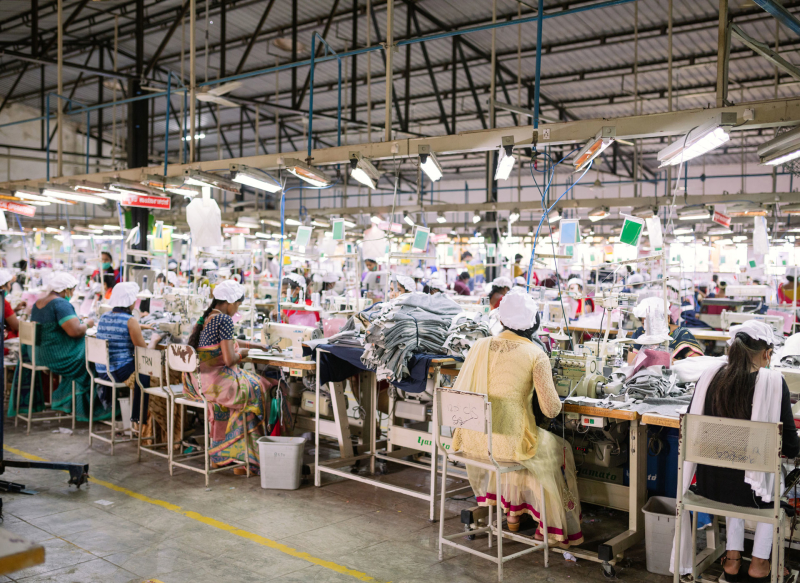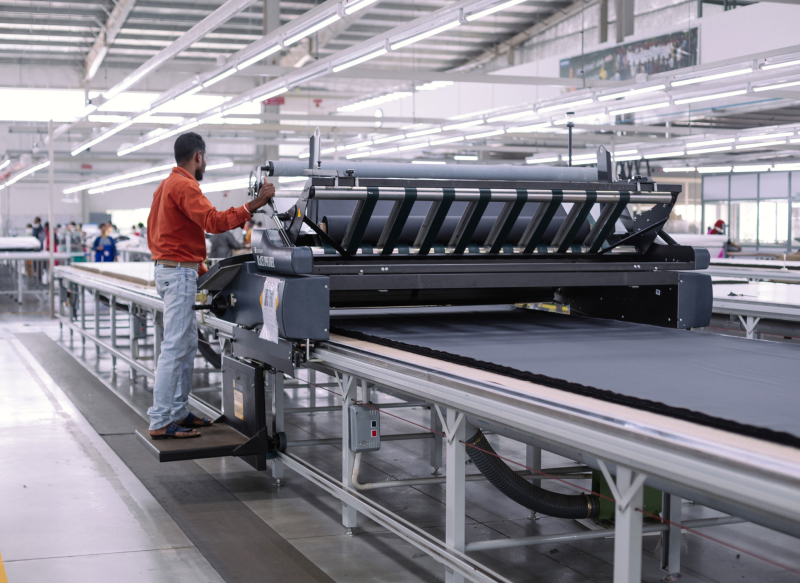FOCUS AREA
IMPROVING WORK ENVIRONMENT
LOCATION
Bengaluru
REACH
16 factories, 15000+ garment workers
PARTNERS
Department for International Development, UK Government, University of Michigan, Yale University, Private Enterprise Development in Low-Income Countries (PEDL), Shahi Exports
STAGE
- DESIGN
- EVALUATE
- ANALYZE
- DISSEMINATE
- SCALE-UP
Right Lights On The Factory Floor
CHALLENGES AND OPPORTUNITIES
Garment factories rarely control temperature on the production floor. Our research showed that for every increase of one degree in temperature, firm productivity decreased by 3%. In tropical climates, this could also become potentially dangerous during ever-hotter summers for the labor force. We partnered with a leading garment supplier to test the impact of replacing fluorescent lights with LED lights. The intervention aimed to understand whether LED lighting fixtures, along with being energy-saving, were also cost-saving and better at controlling heat temperatures on the factory floor. Not only would this create a more comfortable working environment for factory workers, but it could also improve worker productivity and firm retention rates.
RESEARCH QUESTION
Can controlling factory temperatures through LED lighting improve worker wellbeing and productivity? Is this also an efficient way to control energy consumption and firm costs?
RESEARCH DESIGN
Our intervention rolled out LED lights in 26 garment factories and evaluated their impact in comparison to factories with fluorescent lighting. We also compared daily temperatures in LED-lit factories with the number of garments produced in order to assess any consequent productivity returns. Administrative data on productivity, efficiency, and other workplace outcomes, along with a rigorous cost-benefit analysis calculated gains in relation to the firm’s costing of the entire shift.
FINDINGS AND IMPLICATIONS
When the productivity and energy benefits are considered, the firm breaks even in less than a year after LED installation. Benefits of switching include:
- Compared to fluorescent lights which consumed 7 watts of energy, the LED fixtures only consumed 1 watt each.
- The new lights reduced temperatures by approximately 2.4 degree celsius.
- The average factory in our data gains about $2800 in power consumption savings, and about $7500 through productivity.
LED lights not only improve working environments but also forge the way to sustainability for large-scale manufacturing, a pivot that has proven to be profitable.
Image credits: Nayantara Parikh


